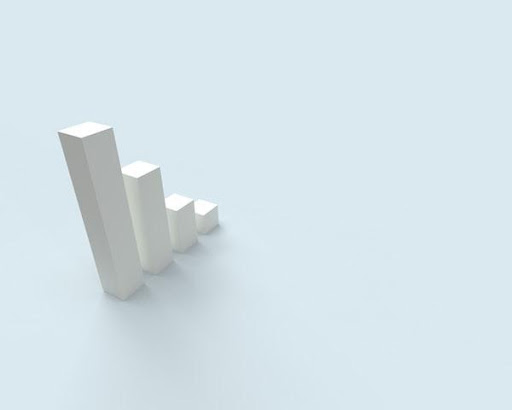There is a reason that data visualization has become so popular in recent years. It’s an incredibly effective way to communicate data. By creating a visual representation of data, you can make it easier to understand and remember. There are many ways to visualize data effectively. Some standard methods are using charts, graphs, and maps. Keep reading to learn what is data visualization and some examples of effective data visualizations.
Why should you use data visualization?
Data visualization is the presentation of data in a graphical format. The purpose of data visualization is to help users understand the data by making it easier to see patterns and trends. Data visualization can improve decision-making, strategic planning, and communication.
There are many different types of visualizations, but some common ones include bar charts, line graphs, pie charts, scatter plots, and histograms. Each type of visualization has its strengths and weaknesses; for instance, a bar chart is good at comparing values between different categories, while a scatter plot is suitable for identifying relationships between variables.
When creating data visualizations, choosing the right data visualization tool for your data set and using accurate and appropriate scales is essential. It’s also important to ensure that the data are appropriately sorted and uncluttered so they can be easily interpreted.
The best ways to use data visualizations effectively.
There are many ways to use data visualizations, but some methods are more effective than others. One way to use data visualizations effectively is to use them as a tool for exploration. When you first get your data, it can be challenging to know where to start. By looking at graphs and charts, you can quickly understand what patterns or trends might exist in the data. This can help you focus your analysis and find answers to your questions faster.
Another way to use data visualizations effectively is to use them as a communication tool. You can easily share your findings with others when you create graphs and charts. This can help others understand your analysis and reach the same conclusions that you did. Data visualizations can also be used to persuade others by highlighting the most important findings from your data.
Finally, data visualizations can be used as a teaching tool. Creating graphs and charts can help students learn about statistics and how to analyze data. You can also use data visualizations to explain complex concepts in an easy-to-understand way.
What are the best practices for data visualization?
There is no one right way to visualize data, as the most effective approach depends on a given visualization’s specific goals and audience. However, several best practices can help make data visualizations more effective.
First, it’s important to consider the audience for a data visualization. Different audiences will have different levels of knowledge about the data and different needs. A data visualization aimed at experts may include more detailed information than one aimed at general audiences.
It’s also important to consider the goals of data visualization. Different goals will require different approaches to data visualization. For example, a simple table or chart may be most effective if the goal is to present data clearly and concisely. A more interactive visualization may be more appropriate if the goal is to explore relationships among data points. Once the audience and goal have been determined, you can select the proper type of visualization.
What are the different visualizations for data?
There are many different types of data visualizations, each of which can effectively portray different data types. Some of the most common types of data visualizations are:
- Pie charts are effective in displaying data that is broken down into parts.
- Bar charts are effective in displaying data that is compared between different categories.
- Line graphs are effective in displaying data that changes over time.
- Scatter plots are effective in displaying data that are correlated.
- Histograms represent data distribution and how often data occurs within specific intervals.
What are some examples of compelling visualizations?
There are countless examples of data visualizations, and it can be difficult to boil them down to just a few. However, some examples stand out and provide an excellent overview of the power of data visualization.
The first example is a visualization of global trade data by The Economist. This visualization allows you to explore the flow of goods between different countries and see the trade relationships. It’s a great example of how data visualization can help you understand complex relationships and trends.
Another great example is a visualization by the New York Times. This visualization shows how global temperatures have changed over the past century, and it’s a great way to see how the Earth is changing over time.
Finally, a visualization by the University of Maryland is another excellent example of how data visualization can be used to inform and educate. This visualization shows the global spread of terrorism, and it’s a great way to see where terrorism is most prevalent.
There is no right way to visualize data, but some visualizations are more effective than others. By looking at examples of effective data visualizations, we can learn how to best present our data so that it’s easy to understand and engaging for our audience.

